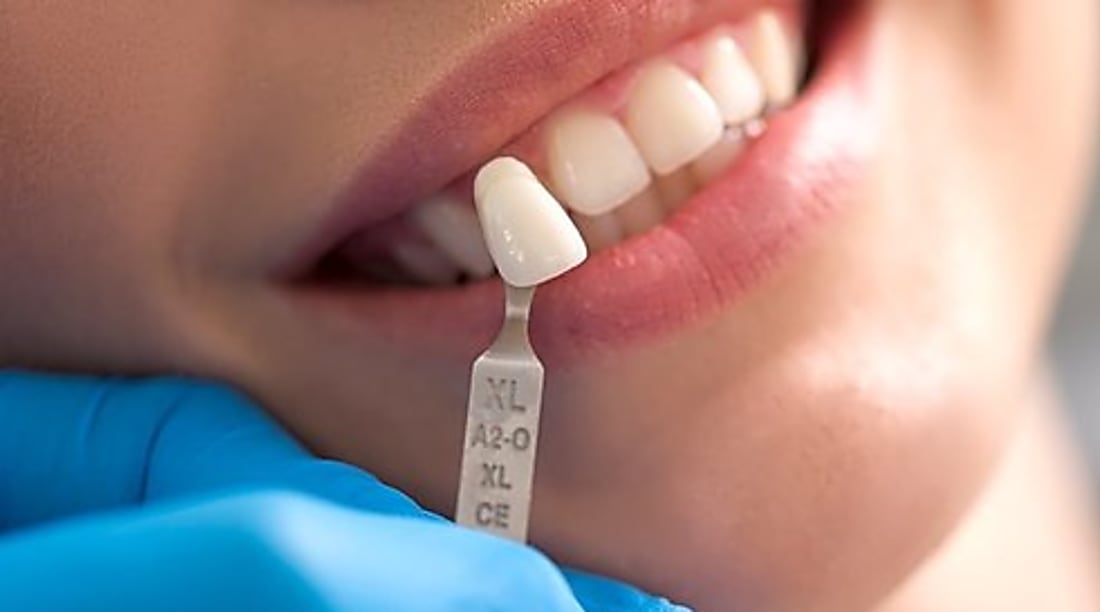A Brighter Smile: Understanding Teeth Whitening Options
Teeth whitening has become increasingly popular as more people seek to enhance their smiles and boost their confidence. This cosmetic dental procedure aims to lighten the color of teeth, removing stains and discoloration caused by various factors such as food, drinks, smoking, and aging. In this comprehensive guide, we'll explore the different teeth whitening methods available, their effectiveness, and what you need to know before brightening your smile.

How does teeth whitening work?
Teeth whitening typically involves the use of peroxide-based bleaching agents, such as hydrogen peroxide or carbamide peroxide. These chemicals penetrate the enamel and break down the compounds causing discoloration. The whitening process works by oxidizing these stain-causing molecules, effectively lightening the overall color of the teeth. The concentration of peroxide and the duration of application determine the effectiveness of the whitening treatment.
What are the different teeth whitening options available?
There are several teeth whitening methods available, ranging from professional treatments to at-home solutions. Let’s explore some of the most common options:
-
Professional in-office whitening: This method is performed by a dentist and typically provides the fastest and most dramatic results. The dentist applies a high-concentration peroxide gel to the teeth and may use special lights or lasers to activate the whitening agent. This procedure usually takes about an hour and can lighten teeth by several shades in a single session.
-
Take-home whitening kits from dentists: These kits contain custom-fitted trays and professional-grade whitening gel. The patient applies the gel to the trays and wears them for a specified period each day, usually for 1-2 weeks. This method offers more gradual results but can be very effective when used as directed.
-
Over-the-counter whitening strips and gels: These products contain lower concentrations of peroxide and are applied directly to the teeth. While they are more affordable and convenient, they may take longer to show results and may not be as effective as professional treatments.
-
Whitening toothpaste: These toothpastes contain mild abrasives and sometimes low concentrations of peroxide to help remove surface stains. They can be effective for maintaining whiteness but are generally less potent for significant whitening.
-
Natural remedies: Some people opt for natural whitening methods such as oil pulling, baking soda, or activated charcoal. While these may have some mild whitening effects, they are generally less effective than peroxide-based treatments and may carry risks if used improperly.
What should you consider before whitening your teeth?
Before embarking on a teeth whitening journey, there are several factors to consider:
-
Dental health: It’s essential to have good overall dental health before whitening. Existing issues like cavities or gum disease should be addressed first.
-
Sensitivity: Some people may experience temporary tooth sensitivity during or after whitening treatments. Those with naturally sensitive teeth should consult their dentist for appropriate options.
-
Expectations: While teeth whitening can significantly improve the appearance of your smile, it’s important to have realistic expectations. Results can vary depending on the initial tooth color and the chosen whitening method.
-
Maintenance: The effects of teeth whitening are not permanent. To maintain results, you may need to repeat treatments periodically and avoid stain-causing foods and drinks.
-
Cost: Professional treatments tend to be more expensive but often provide better and faster results. Consider your budget and desired outcome when choosing a whitening method.
How do different teeth whitening options compare?
To help you make an informed decision, here’s a comparison of some popular teeth whitening options:
| Treatment | Provider | Key Features | Cost Estimation |
|---|---|---|---|
| In-office Professional Whitening | Dentist | Fast results, highest peroxide concentration, professional supervision | $500 - $1000 per session |
| Take-home Professional Kit | Dentist | Custom-fitted trays, professional-grade gel, gradual results | $200 - $400 for the kit |
| Over-the-counter Whitening Strips | Various brands (e.g., Crest, Colgate) | Convenient, affordable, lower peroxide concentration | $20 - $50 for a two-week supply |
| Whitening Toothpaste | Various brands | Daily use, mild whitening effect, good for maintenance | $5 - $15 per tube |
Prices, rates, or cost estimates mentioned in this article are based on the latest available information but may change over time. Independent research is advised before making financial decisions.
Are there any risks associated with teeth whitening?
While teeth whitening is generally considered safe when performed correctly, there are some potential risks to be aware of:
-
Tooth sensitivity: This is the most common side effect and is usually temporary.
-
Gum irritation: The whitening agent can sometimes cause mild irritation to the gums.
-
Uneven results: If not applied properly, whitening can lead to uneven coloration, especially if you have dental restorations.
-
Overuse: Excessive use of whitening products can damage tooth enamel over time.
It’s important to follow instructions carefully and consult with a dental professional if you have any concerns.
In conclusion, teeth whitening can be an effective way to enhance your smile and boost your confidence. With various options available, from professional treatments to at-home solutions, you can choose the method that best fits your needs, budget, and lifestyle. Remember to prioritize your dental health, have realistic expectations, and consult with a dentist to determine the most suitable whitening approach for your unique smile.
This article is for informational purposes only and should not be considered medical advice. Please consult a qualified healthcare professional for personalized guidance and treatment.






